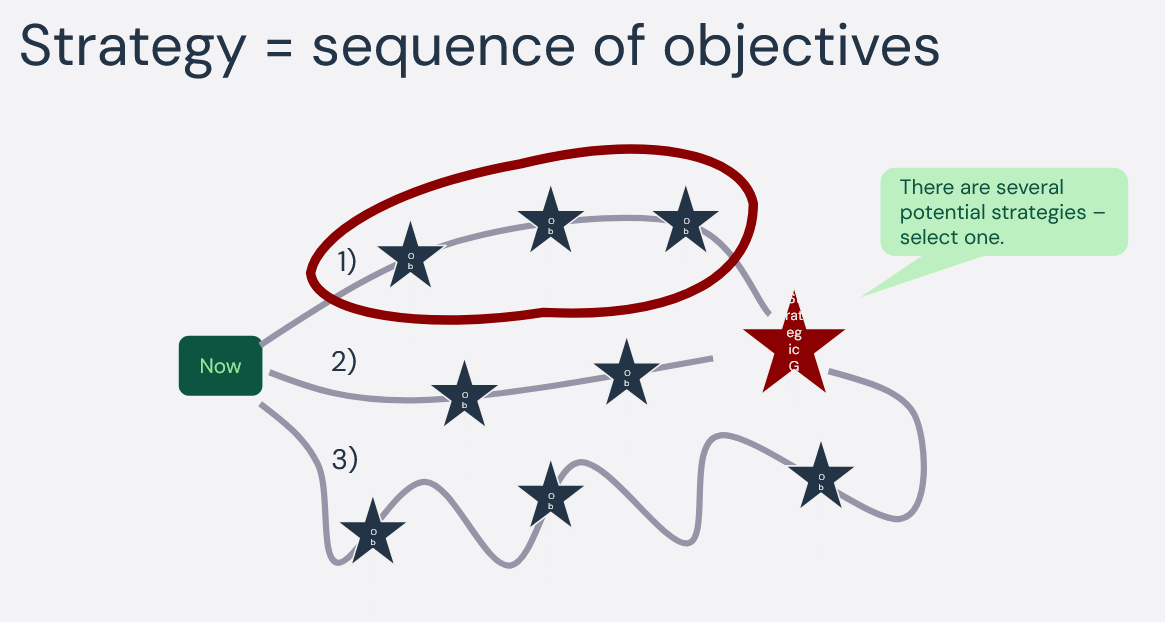This is the third part in the article series The Performing Organization. The series will explore and explain the organizational characteristics that Agile practices try to unlock. There will be Agile principles and practices mentioned, but they will not be the focus. Focus will be on overarching organizational capabilities that are common traits for well performing, efficient organizations. We will explore these capabilities by asking ourselves a number of fairly simple questions.
The third question we need to ask ourselves is: How does information spread in our organization?

The main reason for this question is related to what was discussed in the previous article, about the qualities of good information:
- It is timely
- It is easy to understand
- It fulfills the receivers needs
The question is meant to highlight how actively we seek and share information. How do we communicate across the organization?
Information Is Hidden
There are two main scenarios for hiding or distorting information. The first one is to retain power. As long as I have more information than you, I have the upper hand. I will only share my information when it serves my own agenda.
This type of behavior is of course nothing short of toxic to the overall performance of any organization. It is usually an indicator of a cut-throat type of culture, where my success comes at the expense of my colleagues. This is, thankfully, not a very common scenario in most companies, although there can be pockets of this behavior locally in departments.
The second, and more common scenario, for hiding information is when we worry about how the receiver is going to react to the information. If I have bad news, will I as the messenger get shot and held responsible? In other words: will I be helped by sharing this information, or will there be repercussions?
I have particularly encountered this behavior in larger projects, when there are many sub-projects. Even if several sub-projects are behind schedule, no one speaks up. Every project manager waits for someone else to buckle and confess to being behind, so they don’t have to take the heat for pushing a deadline.
When openness does not help us or risk cause punishment, we will likely hold back information and hope for the best. At least until all other options are exhausted.
Information Is Passively Awaited
This scenario of withholding information can really only occur when an organization is largely “run by committee.” By this I mean that management passively awaits reports, without ever actively engaging or showing an interest in anything operational.
This is once again related to the flow of information and knowledge, but also relates to setting an expected behavior. If an organization is dominated by a passive culture, we will likely have a reduced capability of being proactive. Instead of taking the initiatives, we will sit passively and await something to react to. The more passive a culture we have, the less likely we are to be innovative and forward looking.
Like always, management needs to lead by example and be actively engaged with what is going on “on the floor.” Active behavior in the leadership sets the standard for expected behavior and is a lubricant for collaboration. If we have a habit of actively seeking and sharing information across the organization, collaboration naturally follows (unless bureaucracy gets in the way).
This, in my experience, is often a challenge in organizations where the whole nature of operation is reactionary. Such as a support organization, where the entire operation is rigged to react to customer issues and inquiries.
I am definitely not saying a support organization can never be innovative and forward looking. Just that the setup and nature of such organizations usually poses a bigger challenge on this topic. All cred to support organizations who manage to work past that!
In a product development organization, as a contrasting example, we are more likely to actively seek input on upcoming new features. We are more likely to act proactively to better understand what will have broad appeal to most customers. This culture is more easily established by the nature of the work. That said, it’s no guarantee that it will happen.
However, this is the type of active “information behavior” we want to promote to increase the performance of our organization.
Information Is Actively Sought and Shared
There are numerous ways to reach a state where information is actively sought and actively shared. Even though this article series is not supposed to be a rundown of various Agile practices, I would like to mention some that fulfill this function.
Public Sprint Burndowns: Anyone interested should be able to go to the team room and check the burndown at any time.
Public Kanban Boards: Anyone interested should be able to check what’s being worked on and the status of it.
Public Sprint Demos: Anyone interested should be able to join a team’s Sprint demo to check out what they’ve been working on.
This is just three examples, but any type of (non-sensitive) information should be freshly available on some kind of information radiator. Instead of sitting in a committee, management can Gemba Walk and pick up information and status straight from the source. Ask for clarifications or further details if the team has time for it.
Actively seeking, actively sharing.
These practices show that we have nothing to hide – that we are transparent. Transparency is fundamental to increasing the level of trust in the organization. The more trust we have, the more likely we are to share information.
Summary

As you may have noticed by now, all the questions in this series kind of overlap and hook into each other. Some might even have drawn the conclusion that it all seems come down to communication, and you would be right. It’s very much down to how we communicate, and how we act in regards to our communication.
For the leadership of an organization, accurate and up to date information is vital to be able to make correct decisions. Our biggest fear as leaders should be that employees do not dare to be open and transparent with the information we need. If they fear being transparent, we will have blind spots that we might not even be aware of. We need to build trust in each other.
However, for trust to be established, leadership will need to be transparent with information as well. Preferably by visiting teams to share and get information. Gemba walking does not only get information straight from the source, it shows that you find the team’s work important enough to go to them. You meet the team at their home turf, which levels the playing field and makes for a more relaxed conversation.
There is another important ingredient for trust: dependability.
For someone to place trust in me, I need to show that I can be depended on to do what I have said I will. Should I fail or run into problems, they need to depend on me to signal for help, so the situation can be addressed.
The likelihood of me being transparent about problems depends on what reaction I can expect from my surroundings once I raise the problem flag.
This brings us to the next question to explore: How do we find out if there are problems?



